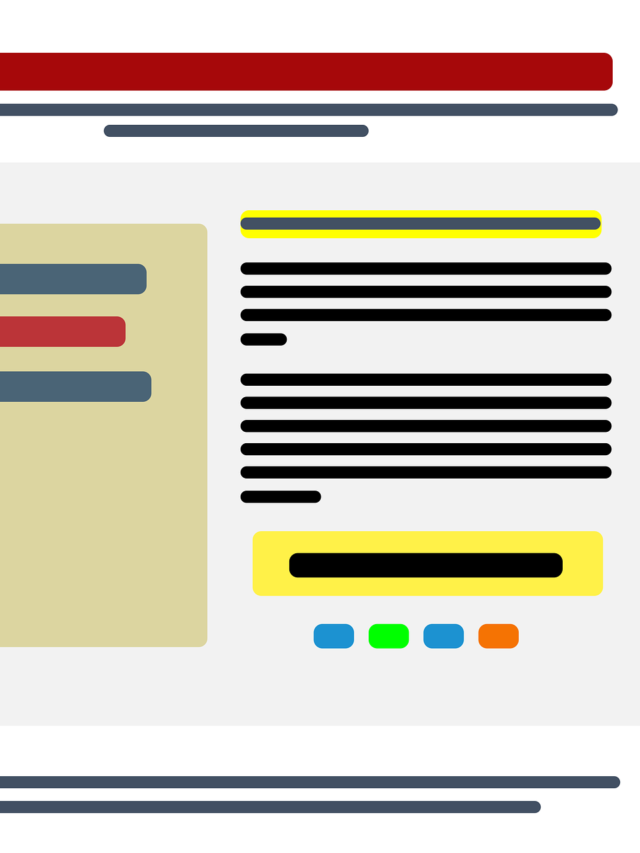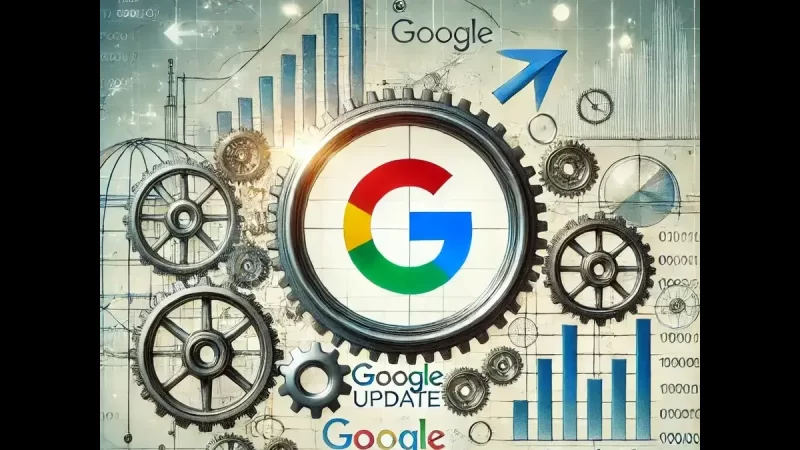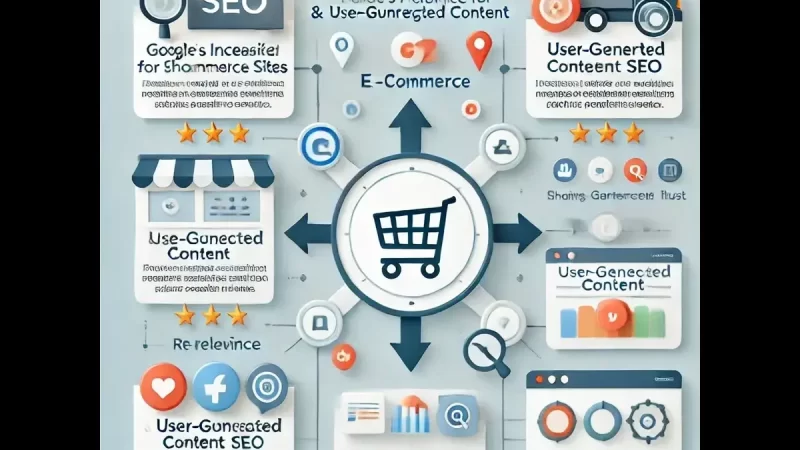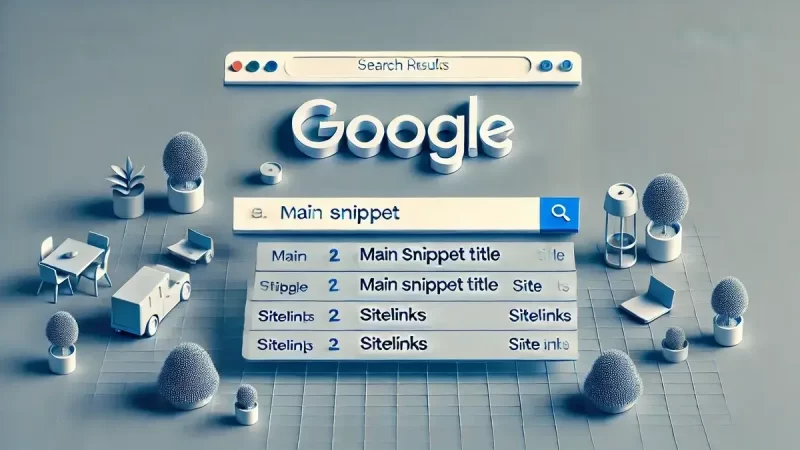Google Ads Now Limits Using Brand Names & Logos From AI Image Creation

In the ever-evolving landscape of online advertising, Google Ads has consistently been at the forefront of innovation and adaptation. One of the latest updates from Google Ads brings significant changes to the usage of brand names and logos in AI-generated images. This move has far-reaching implications for advertisers, marketers, and businesses relying on Google’s advertising platform to reach their target audience effectively.
All You Need To Know About The Change:
Historically, Google Ads has provided advertisers with tools and capabilities to create compelling ad creatives, including the integration of brand names and logos. This feature has allowed advertisers to seamlessly incorporate their brand identity into their ads, fostering brand recognition and engagement among viewers. However, with the rise of artificial intelligence (AI) technologies, particularly in image generation, concerns have emerged regarding the potential misuse of brand assets.
In response to these concerns, Google Ads has implemented new restrictions on the use of brand names and logos in AI-generated images. The primary objective behind this change is to protect intellectual property rights and prevent the unauthorized use of brand assets for deceptive or misleading purposes. By limiting the inclusion of brand names and logos in AI-generated content, Google aims to maintain the integrity and authenticity of advertisements served through its platform.
Implications for Advertisers
For advertisers, the new restrictions on brand names and logos in AI image creation pose both challenges and opportunities. On one hand, advertisers may find it more difficult to create visually engaging ads that effectively communicate their brand identity without relying on recognizable brand elements. This could necessitate a shift in advertising strategies, focusing more on other aspects of ad creatives such as messaging, imagery, and calls to action.
On the other hand, the restrictions present an opportunity for advertisers to explore alternative approaches to branding and creative expression. By leveraging unique visual elements, storytelling techniques, and innovative design concepts, advertisers can differentiate their ads and capture the attention of their target audience without relying solely on brand names and logos. This encourages creativity and innovation in ad design, ultimately leading to more engaging and memorable advertising experiences.
Compliance and Enforcement
Ensuring compliance with the new restrictions is essential for advertisers to avoid potential repercussions such as ad disapproval or account suspension. Advertisers must carefully review and adhere to Google Ads’ policies regarding the use of brand names and logos in AI-generated images. This includes obtaining proper authorization and permissions for the use of third-party brand assets and avoiding any misrepresentation or infringement of intellectual property rights.
Google Ads employs a combination of automated algorithms and manual review processes to enforce compliance with its advertising policies. Advertisers found to be in violation of these policies may face penalties ranging from ad disapproval to account suspension, depending on the severity and recurrence of the violations. Therefore, it is imperative for advertisers to proactively ensure that their ads comply with Google Ads’ guidelines to maintain uninterrupted access to the platform’s advertising services.
As the digital advertising landscape continues to evolve, adaptability and compliance are key for advertisers looking to maximize their effectiveness and reach. While the new restrictions on brand names and logos in AI-generated images may require adjustments to advertising strategies, they also present an opportunity for innovation and creativity. By embracing these changes and exploring new avenues for brand expression, advertisers can continue to engage their audience effectively and achieve their advertising objectives on Google Ads’ platform.
The recent update from Google Ads limiting the usage of brand names and logos in AI-generated images reflects a broader commitment to preserving the integrity and authenticity of online advertising. Advertisers must navigate these changes thoughtfully, ensuring compliance with Google Ads’ policies while leveraging creativity and innovation to deliver impactful ad experiences. By doing so, advertisers can effectively connect with their target audience and achieve their advertising goals in an ever-changing digital landscape.
FAQs – Google Ads’ Restrictions on Brand Names & Logos in AI Image Creation
Google Ads has implemented these restrictions to protect intellectual property rights and prevent the unauthorized use of brand assets for deceptive or misleading purposes. The aim is to maintain the integrity and authenticity of advertisements served through its platform.
Advertisers may find it more challenging to create visually engaging ads that effectively communicate their brand identity without relying on recognizable brand elements. However, the restrictions also present an opportunity for advertisers to explore alternative approaches to branding and creative expression.
Advertisers can leverage unique visual elements, storytelling techniques, and innovative design concepts to differentiate their ads and capture the attention of their target audience without relying solely on brand names and logos. This encourages creativity and innovation in ad design.
Advertisers found to be in violation of these policies may face penalties ranging from ad disapproval to account suspension, depending on the severity and recurrence of the violations. Therefore, it is imperative for advertisers to proactively ensure that their ads comply with Google Ads’ guidelines.







